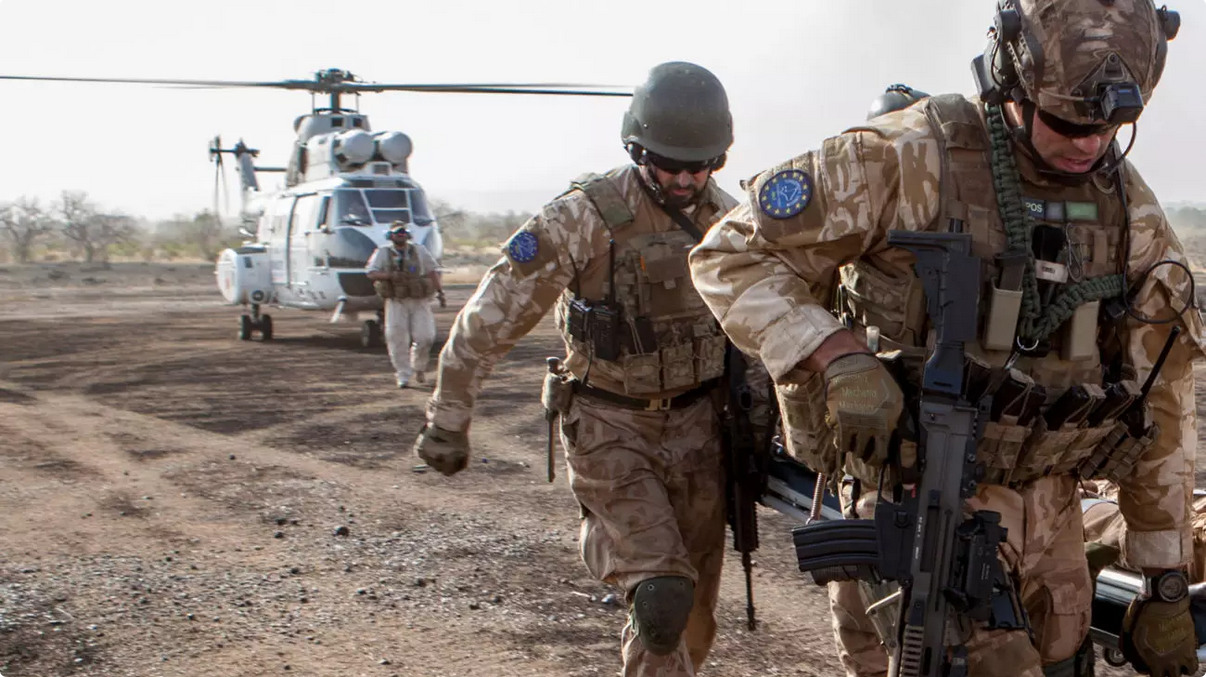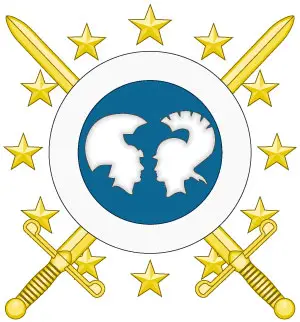Written by Francesco Baronio
Edited by Stef Clement
Supervised by Ginevra Bertamini
Defence constitutes a rather atypical industrial sector. Due to the sensitive nature of its products, it has long been strictly protected by states and ‘placed outside the bounds of free-market economy’ (Bitzinger, 1994, p. 172). Countries with a relevant industrial base have traditionally sought self-sufficiency in arms production for national security (Bitzinger, 1994). States’ control over their domestic industry has frequently slowed or even hindered attempts at cross-border European cooperation (Alvarez-Couceiro, 2023). This has ultimately resulted in a significant fragmentation of the European defence industry (Alvarez-Couceiro, 2023).
Nevertheless, the European defence industry has been restructuring since the 1990s. Processes of consolidation and internationalisation have established European defence giants, such as Airbus, BAE Systems and Thales, capable of competing with their American counterparts (Kurc & Oktay, 2018). What is striking about this process is the driving role played by the industry itself (Bitzinger, 1994).
Accordingly, this Info Flash addresses the restructuring of the European defence industry by discussing its drivers, as well as the processes of consolidation and internationalisation that have increased inter-firm ties through mergers, acquisitions and joint ventures. To some extent, this piece constitutes a follow-up to a recent Info Flash written by François Barbieux about the fragmentation of the European defence industry. While this latter is mainly concerned with the political dimension at the national and European level, this Info Flash focuses on the industrial component.


